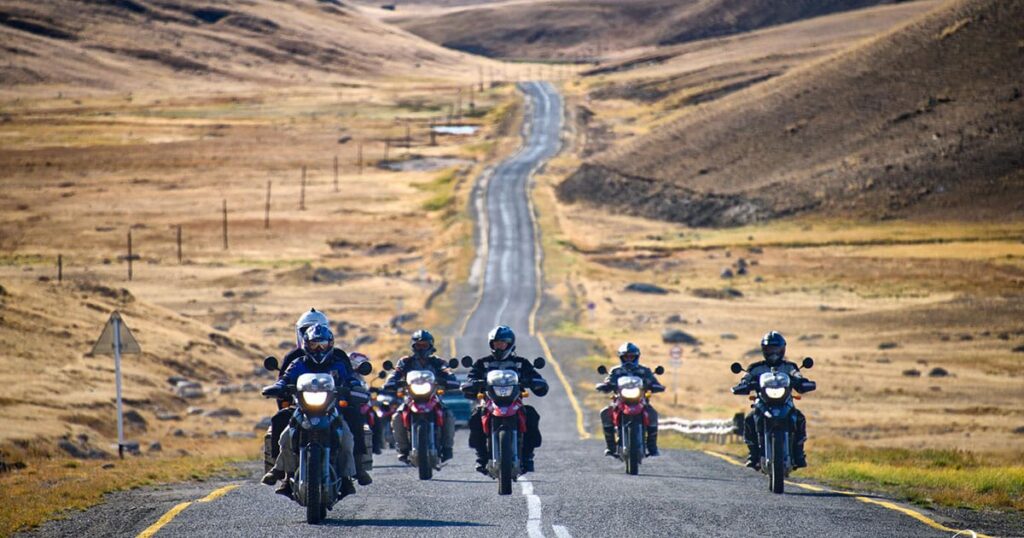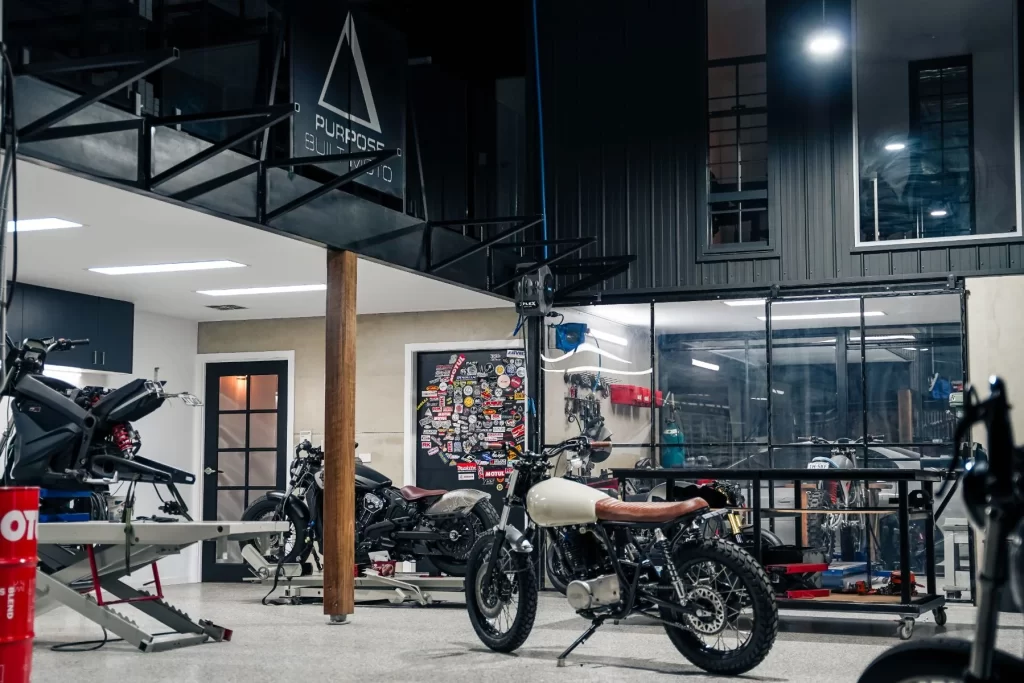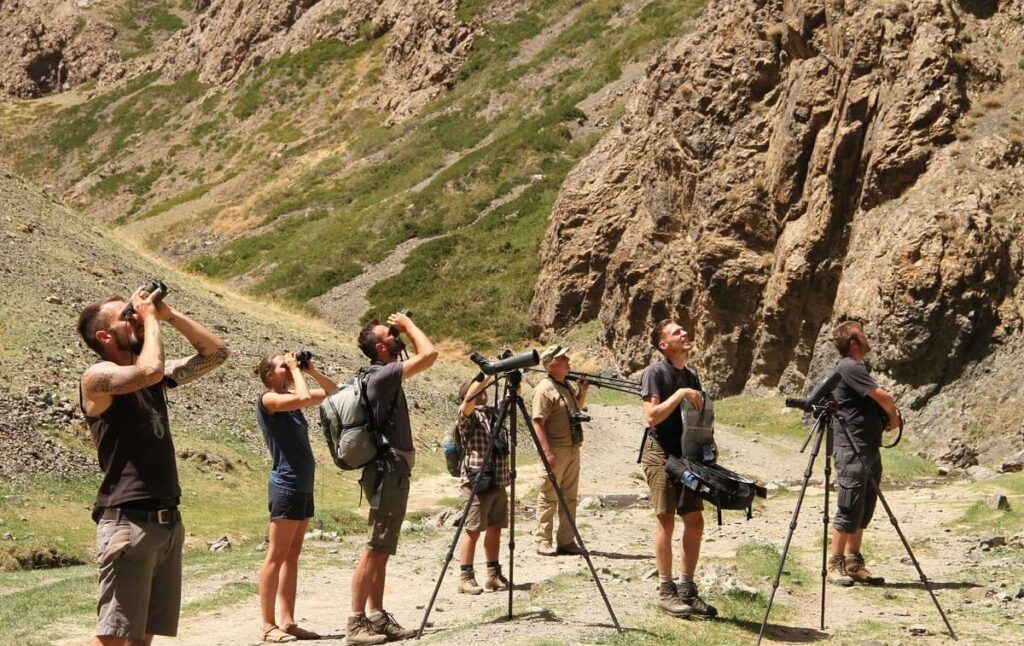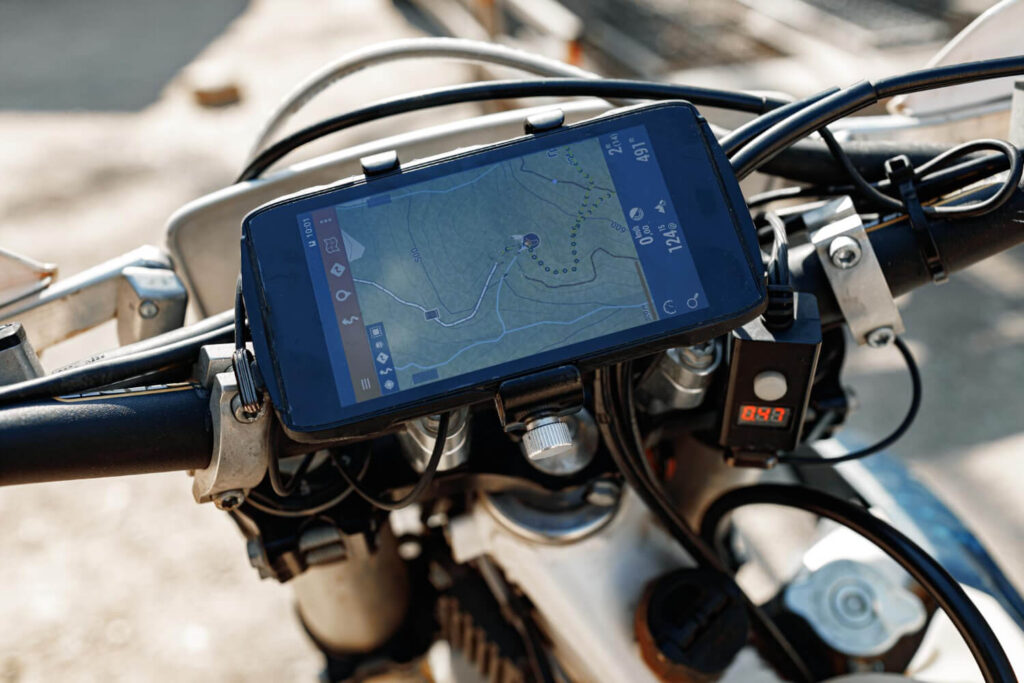Here are our TOP 8 OFF ROAD MOTORCYCLE RIDING SKILLS to help you make the transition from road riding to off-roading, and dominate any terrain.
Off-road biking is an incredibly exhilarating experience, but it can be intimidating for first timers who don’t know what they’re doing.
Going off the beaten path requires a whole new skillset that doesn’t come naturally – something that can be quite shocking if all the riders in your group are already experienced at it.
We offer you MONGOLIA MOTORCYCLE TOUR IN ALTAI MOUNTAINS. During this expedition, you will be able to enjoy the best sights of the Altai Tavan Bogd National Park. It will be wonderful 🤩🤩
But never fear, we’re here to help get you up to speed! By following our top 8 tips for off-road riding, you’ll be well on your way to becoming an accomplished off-road rider in no time.
1. GET COMFORTABLE WITH YOUR MOTORCYCLE BEFORE HEADING OFF-ROAD
This may seem like an obvious one, but it’s incredibly important. Before taking your motorcycle off-road, get to know it intimately – how it handles, what its capabilities are, and what its limitations are. This will help you feel more comfortable and confident when riding in unfamiliar territory.
Of course, It’s essential to wear proper and fitting gear such as helmets, gloves, pants, jackets, and boots when riding on two wheels. Oftentimes this is overlooked because it seems so obvious. Also, carry emergency tools such as a tire patching kit in case you get a puncture.
2. RELAX ON THE ROAD BUT BE FOCUSED
Tensing up is one of the first things new riders do when they try to ride an off-road bike. Off-road surfaces are far more varied than smooth, tarred roads, so the bike moves around much more.
To a committed road rider, this feels wrong and their first response is to try and stop the movement by holding on tightly to the bike–which actually makes matters worse.
When you’re riding off-road, the bike will inevitably move around a bit. It’s important to develop confidence in yourself and the suspension so that you can flow with the terrain instead of fighting it.
Stay loose on your grip and let your legs do most of the work! If you relax your upper body, you’ll ride better AND for longer periods of time before feeling fatigue.
3. USE YOUR LEGS AND BODY WEIGHT, NOT JUST THE HANDLEBARS
One of the most common mistakes made by new riders is that they think they need to steer an off-road bike using only the handlebars. This is incorrect!
Off-road bikes are much heavier than road bikes, so trying to turn them using only your arms will tire you out very quickly. Instead, use your whole body to steer the bike. Shift your weight in the direction you want to go, and use your legs to push against the footpegs in order to help turn the bike.
If you’re street riding, chances are that you lean into a turn. However, if you tried to do this same move on gravel, sand, or another unpaved surface, you would quickly lose traction and crash. To avoid this situation, shift your weight to the outside peg while pushing down on the bike towards the corner.
4. LOOK AHEAD
This is one of the most important riding tips, regardless of what kind of bike you’re on or what surface you’re riding on. When you’re looking ahead, you can see obstacles before they become a problem and plan your line accordingly. This will help you avoid crashing and will make your ride smoother overall.
Outside of paved roads, you’ll have to keep your eyes focused on what’s coming up ahead so you can select the best lines and spot obstacles before they become a hazard. On the road, threats usually come from other vehicles or road users, but at least the pavement is consistent and braking more predictable.
However, riding offroad comes with an entirely different set of variables–the surface you’re riding on will vary greatly as well as the gradient–so it’s important to look forward instead of fixating solely on what’s directly in front of you.
If you are standing on the footpegs, lean your helmet forward so it is nearly directly above the handlebars. Focus at least 20m ahead if possible and always plan your route to avoid any obstacles or difficult terrain.
5. DON’T BE AFRAID TO STAND UP
When most people think of motorcycle riding, they picture the rider sitting down. However, when riding off-road, it is often advantageous to stand up on the pegs. It may feel counterintuitive, but standing on the footpegs will actually give you more control over the bike.
This is due to physics – by moving your center of gravity from the saddle to a point between the wheel spindles, you are closer to the ground and therefore more stable. In addition, this will allow the suspension to take impact instead of your spine, and being higher up will improve your visibility.
Of course, standing up takes some practice and getting used to. Start by riding at a slow speed and standing up for short periods of time. As you get more comfortable, you can increase your speed and the amount of time you spend standing.
6.BRAKE SMARTLY
When road riding, you should use the front brakes more than the rear. Although both are important while off-road riding, the rear brake will slow you down much better than the front brakes.
Without smooth pavement, you will need to use your brakes more carefully and responsively to the conditions.
You will also find yourself relying on your rear brake much more than before for both stopping power and bike control. The front brake is still important, but if you grab too much of it while travelling on slippery surfaces, it could end very badly.
Because there are so many variables involved such as the bike, terrain and grip, it’s impossible to give any definitive rules on how to brake. However, be prepared to start learning more about this lifetime skill!
7. PRACTICE, PRACTICE, PRACTICE
The best way to become a better off-road rider is simply to get out there and practice as much as possible. The more time you spend on your bike, the more comfortable you will become and the better you will be at reading the terrain and making split-second decisions.
Of course, it’s important to make sure you are riding safely and not taking any unnecessary risks. Join an off-road motorcycle club or group so you can ride with experienced riders who can offer advice and support. Remember, there is no substitute for experience!
8. ENJOY YOURSELF
Off-road riding is a great way to explore the outdoors, get some exercise and have fun. It can be challenging at times, but that’s all part of the adventure.
DiscoverAltai is the perfect way to experience some of Mongolia’s best terrains; from open high-speed steppes, to rocky creek beds and mountain double tracks.
All of our motorcycle tours are fully guided and include all meals, accommodation, transfers and bike rental. So all you need to worry about is having fun!
Frequently Asked Questions
What is the most important skill to develop for off-road motorcycle riding?
Balance and body positioning are the most critical skills for off-road motorcycle riding. Riders should practice standing on the pegs to maintain stability and control, especially on uneven terrain. Proper positioning helps to distribute weight evenly and adapt to obstacles like rocks or slopes.
How can a rider prepare for unexpected terrain challenges?
Riders can prepare for unexpected terrain by practicing slow-speed maneuvers and learning to read the terrain ahead.
Training on various surfaces like sand, mud, and gravel helps improve reaction time and handling. Additionally, staying relaxed and using throttle control effectively ensures better adaptability to sudden changes.
What safety measures should riders take before hitting off-road trails?
Riders should always wear proper protective gear, including a helmet, gloves, boots, and body armor. It’s essential to check the bike’s condition, including tire pressure, brakes, and suspension.
Carrying tools, a first-aid kit, and informing someone of your planned route are also vital safety measures.































Thank you so much for sharing this information, i really enjoyed this post.